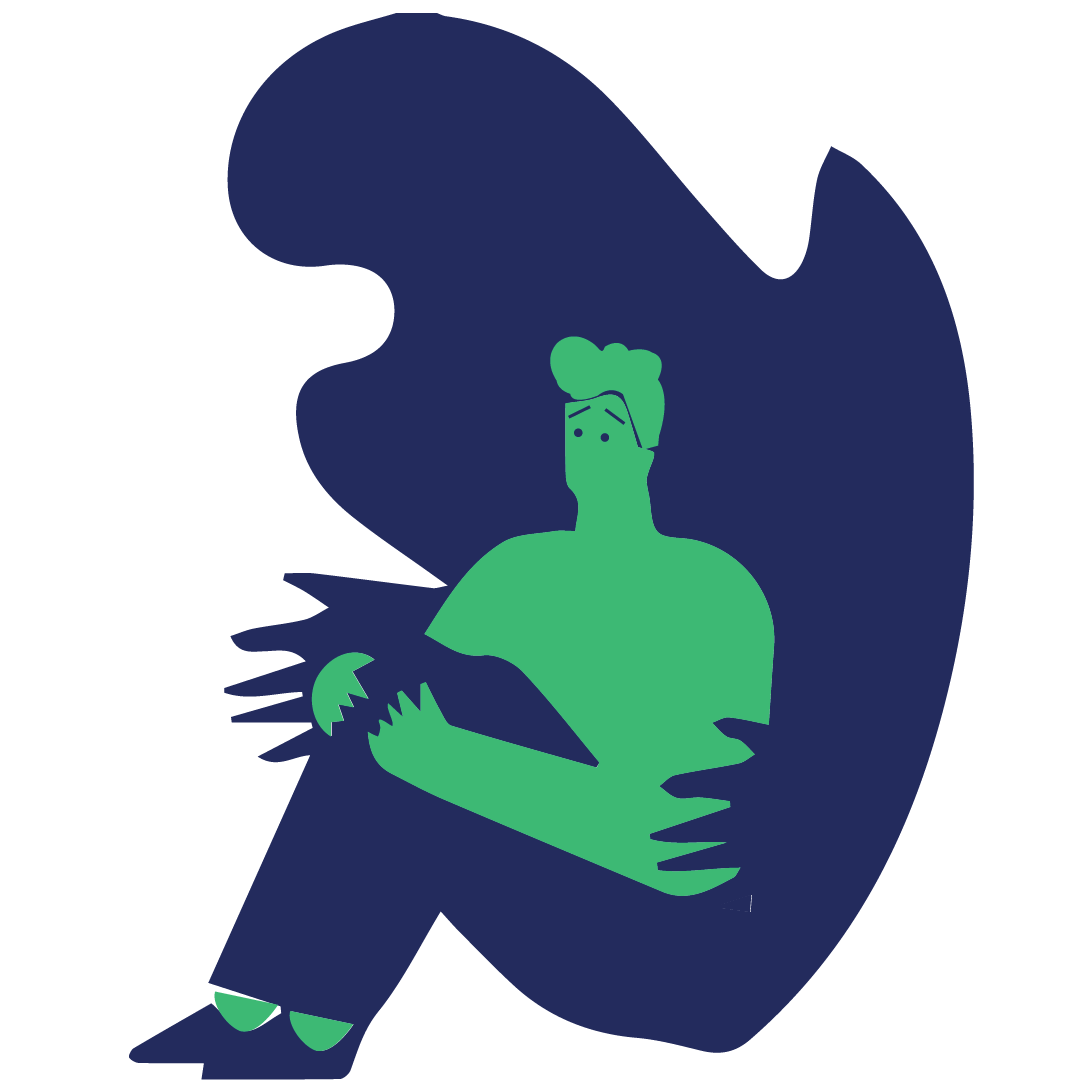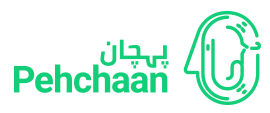Bender Gestalt Test – Second Edition (BGT-2)

Bender Gestalt Test – Second Edition (BGT-2)
The Bender Visual-Motor Gestalt Test (BGT-2) is a widely recognized psychological assessment tool used to evaluate visual-motor integration and perceptual development. The updated second edition enhances the original framework with more refined scoring methods and expanded age norms, making it suitable for individuals aged 4 to 85 years. The test involves replicating a series of geometric designs, allowing psychologists to observe how well a person processes visual information and translates it into motor output. It is especially useful in identifying developmental delays, neurological impairments, learning disabilities, and emotional difficulties.
At Pehchaan, the BGT-2 is utilized as part of a comprehensive diagnostic process to understand an individual’s cognitive, academic, and behavioral functioning. Administered by trained psychologists, the test provides valuable insights into an individual’s visual-motor coordination, organizational skills, and emotional stability. The patterns of errors and drawing behavior observed during BGT-2 administration can highlight underlying issues, such as attention deficits, fine motor coordination challenges, or emotional disturbances, helping to inform targeted therapeutic interventions.
By integrating the BGT-2 with other standardized assessments, Pehchaan ensures a holistic understanding of each individual’s unique profile. The insights gained from this tool support individualized educational planning and therapeutic goals, aligning with Pehchaan's commitment to early identification and tailored support. Whether an individual is struggling with academic tasks, exhibiting signs of emotional distress, or facing developmental delays, the BGT-2 adds a crucial layer to our multidisciplinary approach, enabling families and professionals to work together toward meaningful progress.

